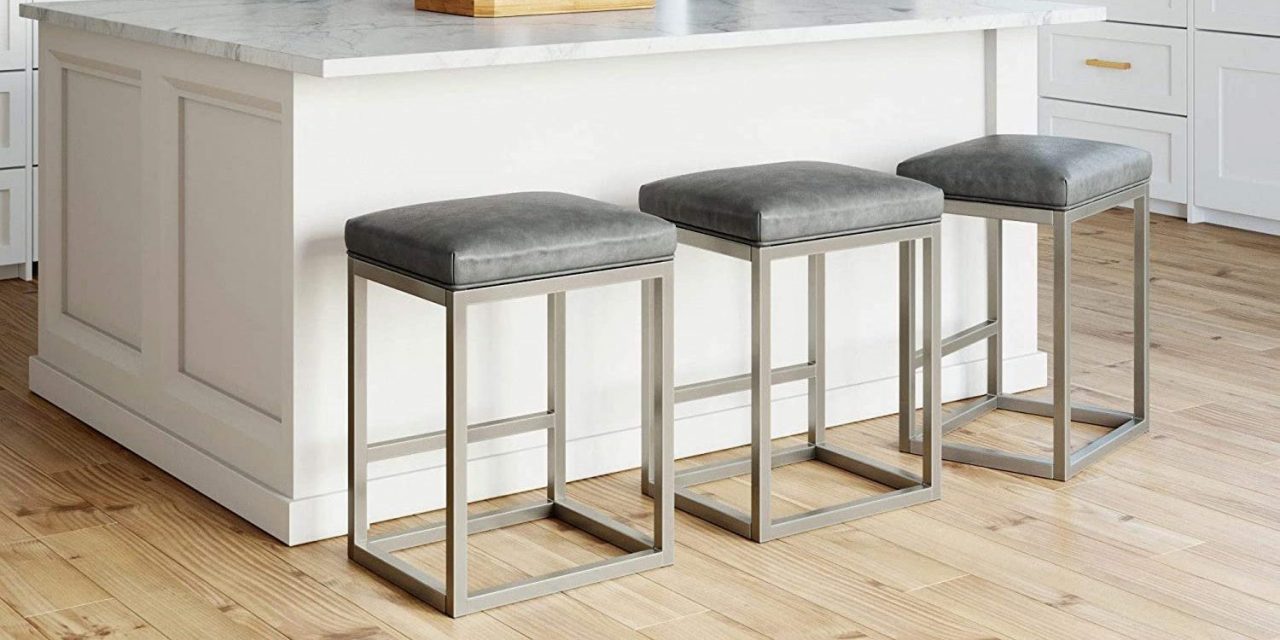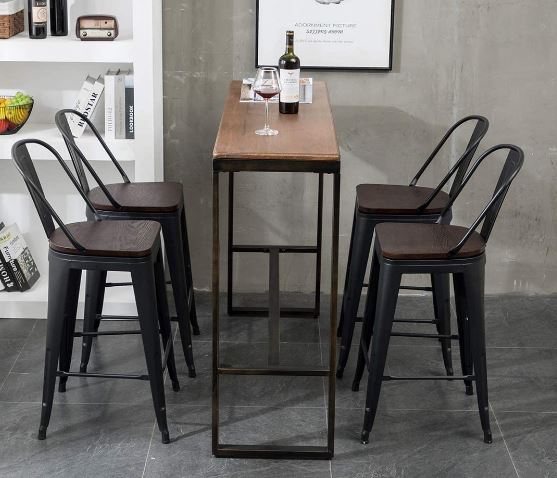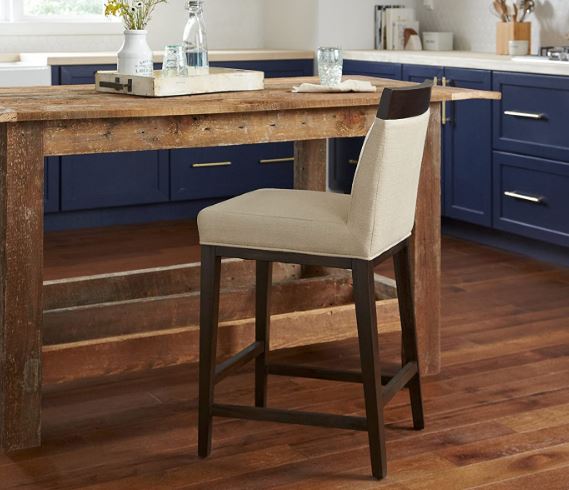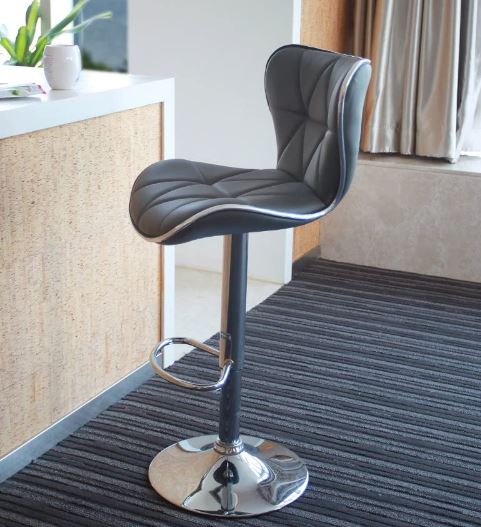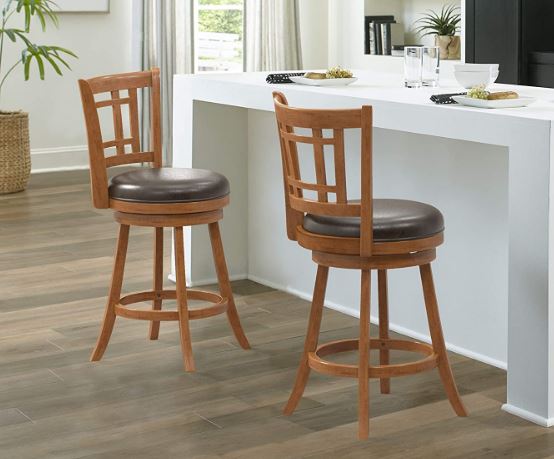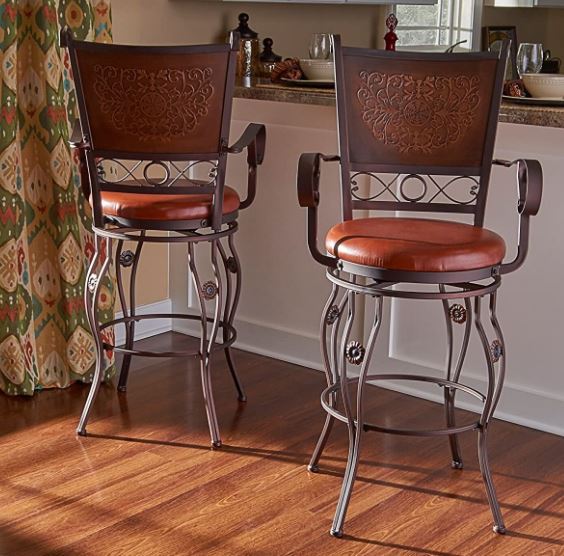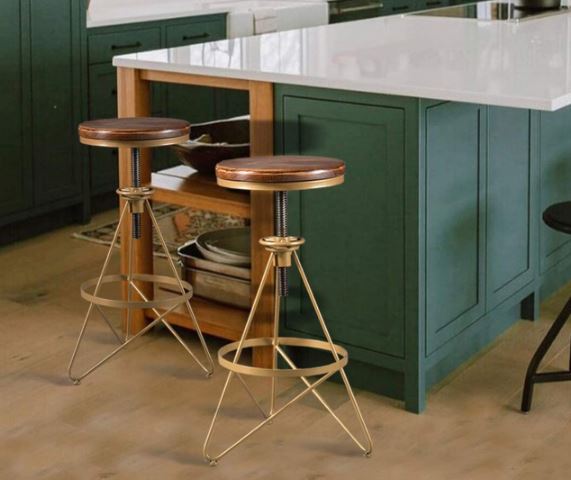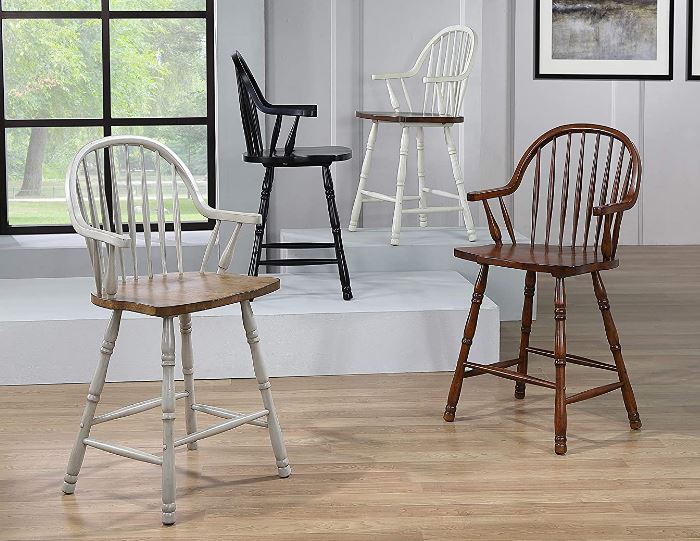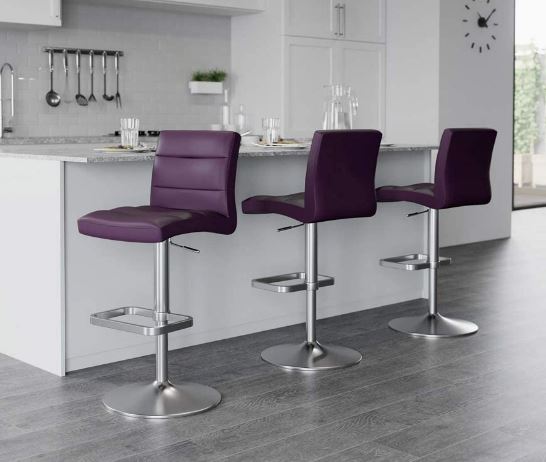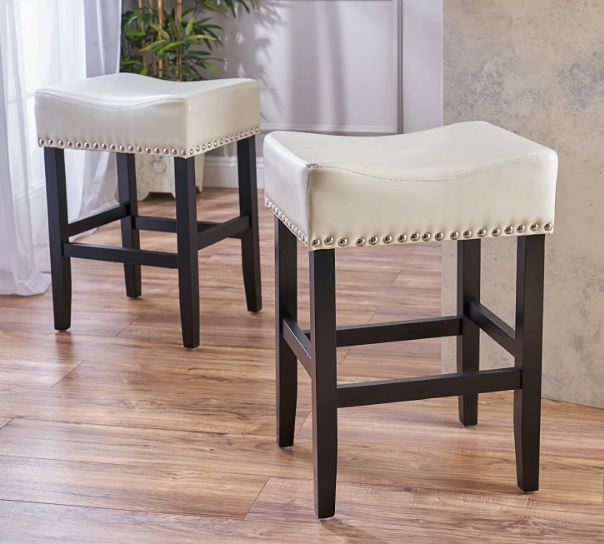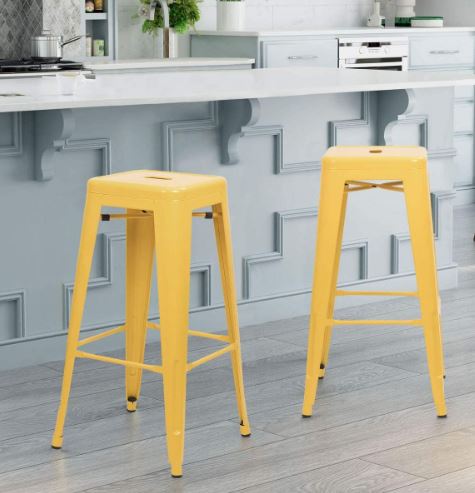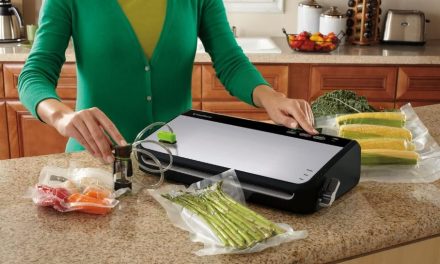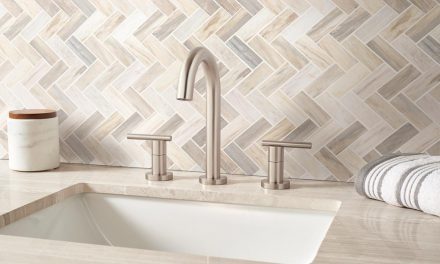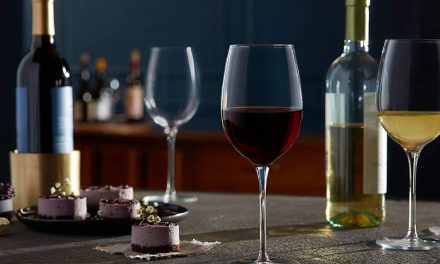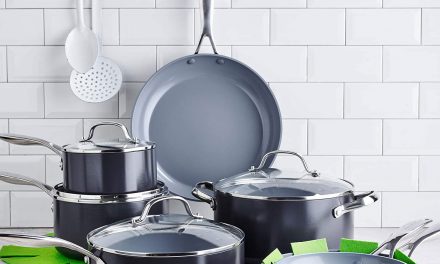Bar stools are a great way to make any open table, counter, or bar look trendy or upscale, and they also have lots of practical uses. Whether you’re looking to turn a bar into a full-time dining space or are simply trying to add some functionality to an area where you entertain, we’ve got you covered.
In this article we’ll discuss how best to measure your space for the right kind of bar stool, as well as what you should consider when looking at different types of bar stool designs and features.
Bar stool sizing
Get your tape measure! Height and width are what you’ll need to worry about when it comes to buying a bar stool, but you’ll also want to know the height and width of your counter.
Choosing the right height
There are four types of bar stool height: short, counter height, bar height, and extra tall bar height. For all of them, height is measured from the floor to the seat, not including any seat back which might be present.
Whatever bar stool height you choose, remember to leave space for legs to move beneath the table or counter. If there’s not enough space, crossing your legs will be impossible. In general, you should leave 10-12 inches of clearance between the stool seat and the bottom of your counter.
Short height stools
Short bar stools tend to range between 16 and 23 inches in height. On the very short end, they’re intended to be used with tables, which are typically 28-30 inches tall. On the taller end, they can be used with shorter, nonstandard counters ranging up to 33 inches.
While it depends on the style a little, many short stools come with an adjustable gas lift (as seen in office chairs) to give them a wider range of potential functionality in case you change tables or counters.
Counter height stools
Too tall for most tables, counter height stools are just right for the average 36-inch countertop’s height. These stools tend to begin at 24 inches in height and go up to 28 inches.
Bar height stools
Bars are slightly taller than counters, often ranging between 41 and 43 inches in height. Bar height stools are also taller to accommodate this, usually between 29 and 33 inches tall from floor to seat.
Extra tall bar height stools
Occasionally you’ll have an extra tall counter, usually ranging between 44 and 47 inches. Extra tall bar stools will fit these, as they generally measure 34-40 inches in height.
Bar stool width
Too many or too few bar stools can make an otherwise stylish bar counter look weird or become less functional for the people sitting at the counter. To ensure you’re getting the right number of bar stools, you’re going to want to know the full width of your bar counter and the width of the stools you’re planning to buy.
- Most bar stools are 15-22 inches (38-56 cm) wide.
- For narrower bar stools, put at least 6 inches of space between them.
- For wider bar stools, put 8-10 inches (20-25 cm) of space between each stool.
Types of bar stools
You can find bar stools of all kinds in just about any material you might want, from vinyl or leather, to metal, wood, and more. The real decision you need to make is on important features.
Stationary, adjustable, or swivel
With stationary stools, what you see is what you get. They can’t be adjusted to fit shorter or taller tables or counters, nor can they swivel left, right, or 360 degrees. Coupled with high backs, stationary stools are great for spaces where you don’t need to worry about height changes and don’t actually want people turning around. These are best for spaces with dedicated dining tables/counters.
Adjustable stools have the advantage of having more potential uses. Sometimes you move! Sometimes your new counters are a different height! Adjustable stools work around their environment, instead of stationary ones, which demand their environment work around them (or require you to get different stools).
Most adjustable stools also swivel, meaning you can easily turn the seat around, while keeping the legs in place. This is convenient for a space that might see a lot of casual entertaining. Some stationary stools also swivel, but this isn’t quite as common.
Backs vs. backless
Stools that have backs—and higher ones, at that—are going to be more comfortable for places where people might be sitting for longer. If you’re planning to use a counter as a dining space or workspace, you probably want a stool with a good, supportive back. Beware low-backed stools. They can look cool, but they won’t be as comfortable for longer use.
Backless stools tend to have a more utilitarian appearance that can work well in both rustic and industrial interior design styles, especially depending on the stool’s construction material. Just remember that backless seating often encourages bad posture.
Arms vs. armless
Stools that have arms can have a classic or modern appearance, depending on the stool’s construction materials. In general, metals will give a more modern look compared to wood. Note that stools with arms tend to be wider because manufacturers know they need to fit larger body types in them. This will mean you’ll need wider spaces between each stool and potentially fewer total stools for your counter.
Armless stools will generally be narrower, often look more modern, and have the advantage of being more accommodating to all body types out of the gate. They may not be as comfortable for longer-term user for slender body types, but
Upholstered vs. unupholstered
Cushioned and upholstered stools offer a more upscale, formal appearance to any table or counter. There can be downsides to them, however. Upholstery quality matters a lot, so if you’re looking for upholstered stools that will last you a long time, expect to spend more.
Don’t expect cheaper upholsteries, like faux leather (polyurethane/PU leather), to last as long as more expensive, higher-quality materials, like real leather. Faux leather will peel and tear with time, requiring replacement. Keep in mind, too, that even when you do pay for higher quality materials, some will be easy to wipe clean, while others, like fabric, will be easy to stain.
Unupholstered stools look more utilitarian and won’t be as comfortable, but you’ll almost never have to worry about permanent staining. They’ll likely last for far more years than upholstered stools.
Bar stool starter kit
Overwhelmed by the options? We’ve boiled things down here:
- Don’t think about appearance alone. Think about the real, practical use of the area where you’re planning to use these stools. Do you want more or fewer movement options? How long will someone be sitting there? If it’s going to be a while, you’ll want back support. Will you ever be seating larger friends or family who might not fit a stool with armrests? If so, opt for armless stools.
- If you rent instead of own your home, adjustable height bar stools will ensure you’ll have stools that work in an apartment or house you may rent in the future.
- Looking for a timeless style that will last for years? Go for more utilitarian, unupholstered stools, and avoid faux leather.
- Have small children? Pass on the upholstered fabric. Your kids are way more likely to stain it.

